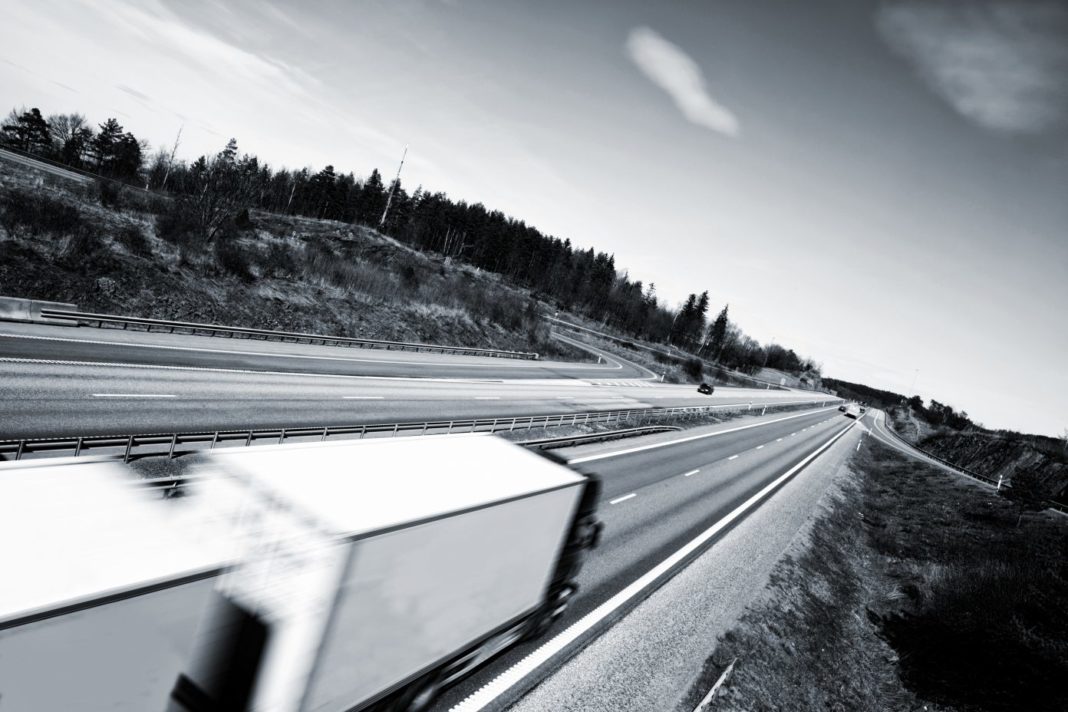Road Transportation System in India
Introduction

The mode of transport in India consists of transportation by land, by water and by air. Public transportation is the primary mode or the most common mode of transportation used by the general public. And we know the most common mode of transport for India is “road transportation”. As per the surveys made in 2017, the total road length in India is 5,603,293 km. It is known that the Indian road transport network is ranked as the second-largest road network in the world after the United States. All India transport system is mostly done with the help of roads.
Related :-
Advantages of road transport :- Please Click
Disadvantages of road transport :- Please Click
Oversized Load Transportation Problems :- Please Click
Development of road in India
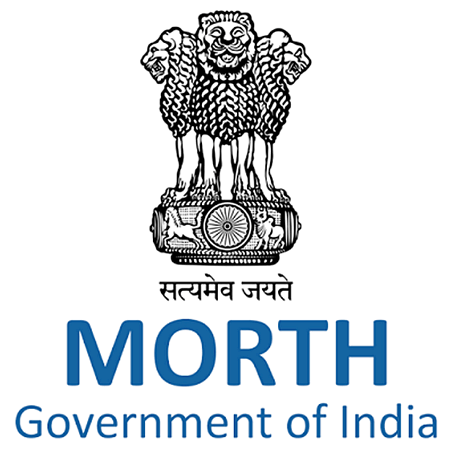
Transportation by using roads can be grouped into goods transport and surface transport by people. The movement on the roads can be done with bikes, cars, and bicycles. Before world war II, the vehicles driven by petrol and diesel were practically negligible in India. There are certain plans which were imposed on developing the road transportation facility in India. Those are listed below-
Nagpur plan

The Nagpur plan was proposed in the year 1943. It was the first attempt that had been made to develop road transportation in India. This plan intended to increase the kilometrage of some major roads to 1 96,800 km. And also of the other roads to 3, 32,800 km. This thing was aimed to be done by the year 1953. The major highlight of the Nagpur plan was that there should be no village in the developed region for agricultural activities should be more than 8 km from a major road and 3 km away from any other road. At the same time, it is mentioned that the distance of village in an average from any major road should be lesser than 3.2 km. The distances were mentioned as 32 km, 8 km, 10 km, respectively, in the case of the region of non-agriculture. This Nagpur plan was made in 1943 but could not be applied immediately as the Indian country was ruled by the British. So the efforts of making this Nagpur plan a success were made after the Britishers left the country. By the year, the aim of the Nagpur plan was somehow less or more achieved.
Twenty-year road plan

After the achievement of the aims and objectives of the Nagpur plan, another plan was developed. This plan was called a twenty-year road plan. A twenty-year road plan was proposed in the year 1961. The twenty-year road plan aimed to increase the road length from 6,56,000 km to 10,60,000 km and the density to 32 km per 100 square kilometres. These things are intended to be completed by the year 1981. The twenty-year road plan has some more objectives, which are as follows-
- The plan had the aim to bring every village in a developed agricultural area within 6.4 km of a metalled road and within 2.4 km from any other road.
- It also intended to bring every small and big village into the undeveloped and uncultivated area within 19.2 km from a metaled road and 8km from any other road.
Rural development plan
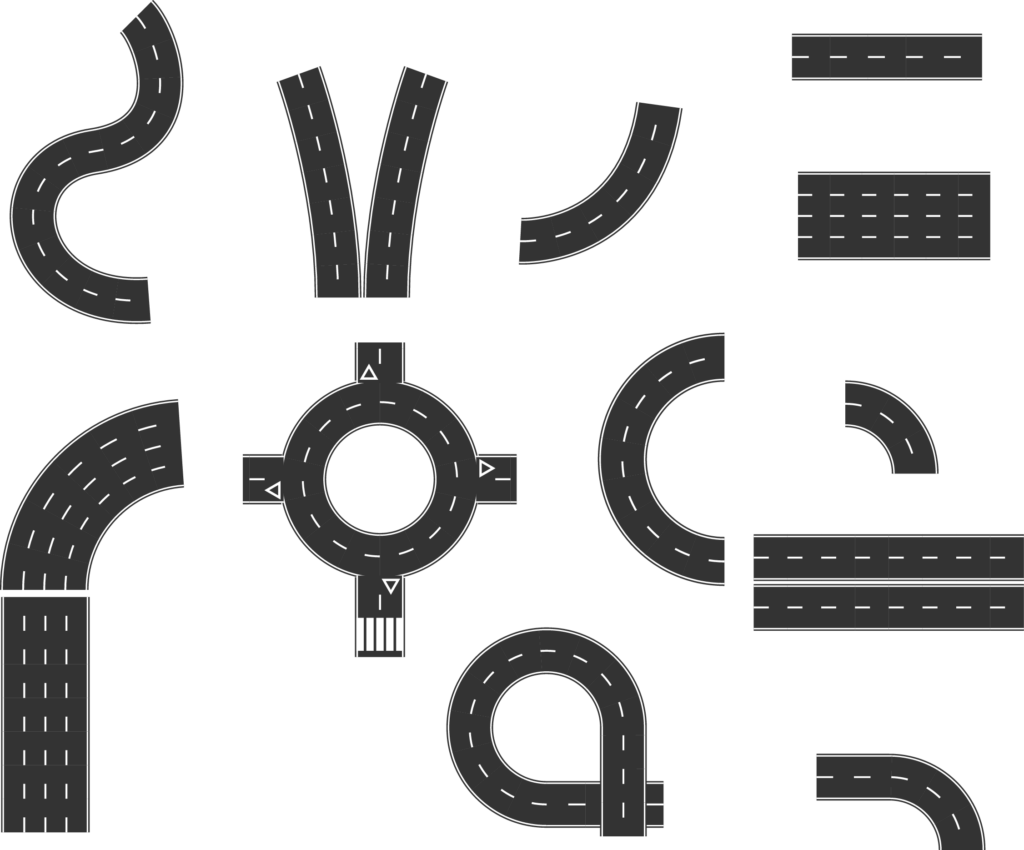
The rural development plan included the construction of roads in rural areas under the Minimum Needs Programme (MNP), Rural Landless Employment Guarantee Programme (RLEGP), Jawahar Rojagar Yojana (JRY) and Command Area Development (CAD) programmes to join all villages with a population of 1500 people more plans with all-weather roads. The villages with a population of 1500 people were connected with link roads.
Build operate transfer

This scheme was regarding the liberty given to private operators to construct bridges and roads. They were allowed to collect taxes from the people for using roads and bridges for a certain period. After the over of time, these things were transferred to the government. To facilitate the investment privately in construction under build operate transfer scheme, the National Highways Act had amended.
Central road fund

This fund was raised for the development of roads. This had to be done by collecting additional custom duty at the rate of RS 1. 50 per litre on petrol from June 2, 1998. And from diesel from February 28, 1999. The total amount collected from this would be about Rs 5,500 crore on approx. The central road fund act was enacted in the month December of the year 2000. It has the primary objective to provide adequate funds regularly for the development of roads. The act gives the power to the centre to do the following-
- Development of national highways as well as the maintenance of it.
- Development and maintenance of state roads.
- Construction of bridges and roads.
- Development of rural roads to facilitate smooth transportation of village people.
Importance of road transportation

The importance of road transportation are given below-
- Road transportation systems were commonly used by transport companies and logistic services companies to transfer goods.
- Roadway transportation is the cheapest mode of transportation as well as a common mode for transportation and communication.
- It is easy to construct and maintain roads, and it is most preferable to any other mode of transportation.
- Roads are used for travelling shorter as well as longer distances. For example, if I have to go to a shopping mall, I will use the road, not an aeroplane or a ship.
- Road transport system establishes communication factories, fields, farms and gives door to door services.
Problems faced by road transport in India-

The major problems are given below-
- Indian roads are in poor condition and congested in nature. All most all the national highways are two lanes or less. One-fourth of all the roads are congested and poor conditioned. Roads are of poor quality, and road maintenance is not done properly.
- Sometimes it takes a longer period to reach a certain place of more distance. In that place, if you prefer air or water mode transportation, you will reach that same place faster with taking a very less amount of time.
- The people of rural areas face many problems while going through their roads, as it is not of good quality. And they face more problems during rainy reasons, as the road condition worsens due to heavy rainfall.
- Road transportation can be used to visit a place out of the country.
- Nowadays you can see that the roads are not properly constructed or not properly maintained and reconstructed, either of these two.
Advantages of road transportation

- Transportation through roads needs less investment.
- Road mode of transportation has turned into the living source for some people. People use buses to travel. These buses have several people in them like driver, conductor and helper. They earn their living out of the money paid by the tourists to travel.
- Road transportation is most preferable by industries and companies for transporting their goods.
- Road transportation facilitates the mobility of men and materials as well.
- Road transportation is the most used mode of transportation, as you can travel to remote places and villages by using roads.
- Road transportation is private. You can use your vehicles for travelling.
Disadvantages of road transportation
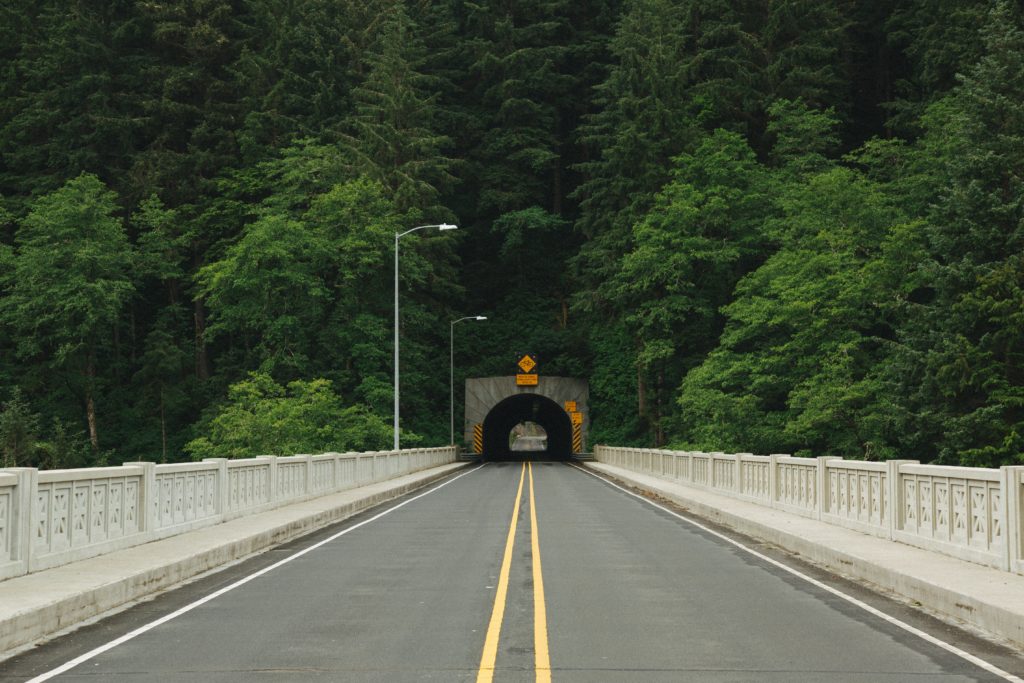
There are also some disadvantages of road transportation. Those are given below-
- Tex of RS 3500 is charged on the vehicle. This tax burden is called road tax per vehicle.
- Many roads are not in good shape. There are only 34 km long roads per 100 square km in India.
- Road transport systems can lead to frequent accidents. It can be seen daily in the news about the number of road accidents.
- Highways may not have much traffic, but generally, there are a lot of traffic jams in the cities, which cause a delay in reaching places.
- The cost of petrol and diesel are rising. Road transport is getting expensive for people.
- Road transport system cannot be used for travelling long distances as it takes a lot of time. In that place, if air and water transportation is used, it will help reach the destination faster.
Types of road transport in India-

Road transport system can be divided into five types-
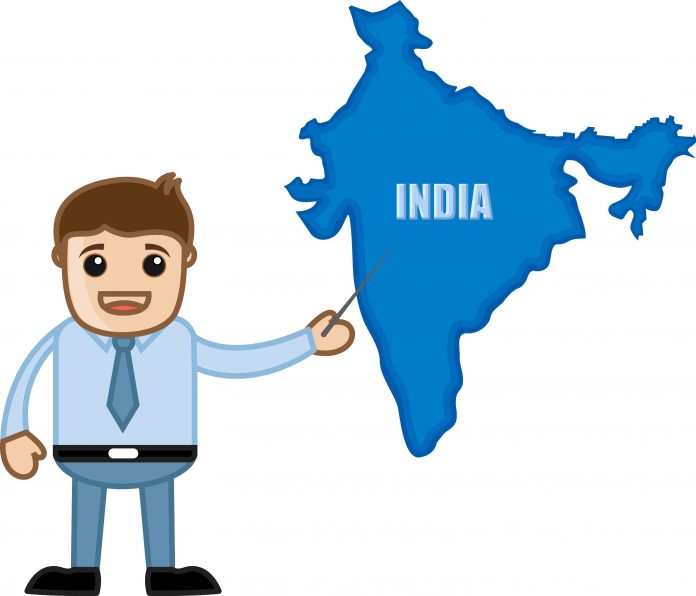
National highways-
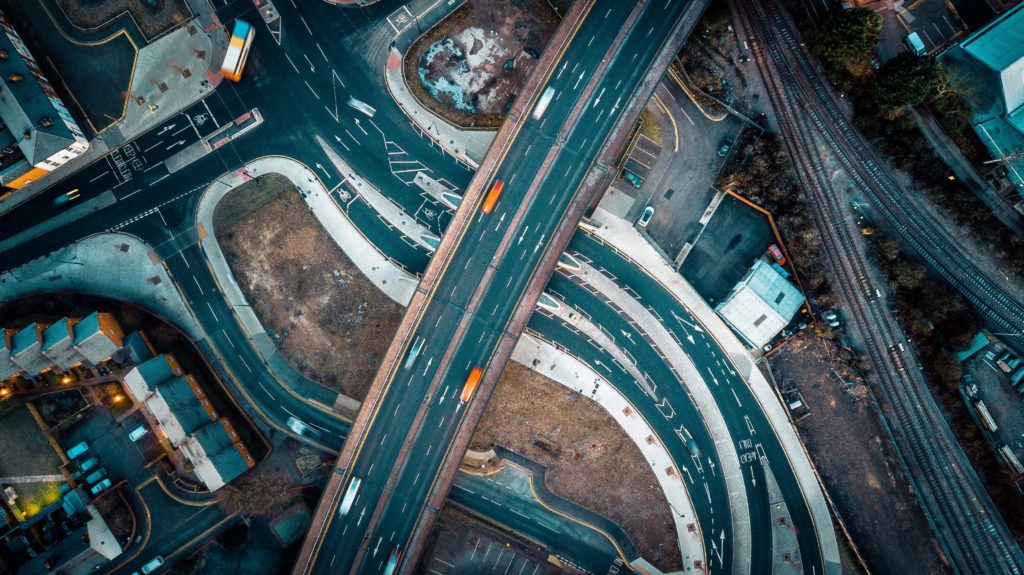
The length of national highways was 19,811 km in the year 1951. It became 33,650 km in the year 1991. Then the length increased to 49, 585 km in the year 1999. Now the total length of the national highways in India is 65,569 km. National highways can be considered as the lifeline of the transport companies. National highways or NH are the main roads constructed and maintained by Central Public Works Department (CPWD). National highways connect one city to another city. National highways are used for interstate as well as for strategic defense movements.
State highways-
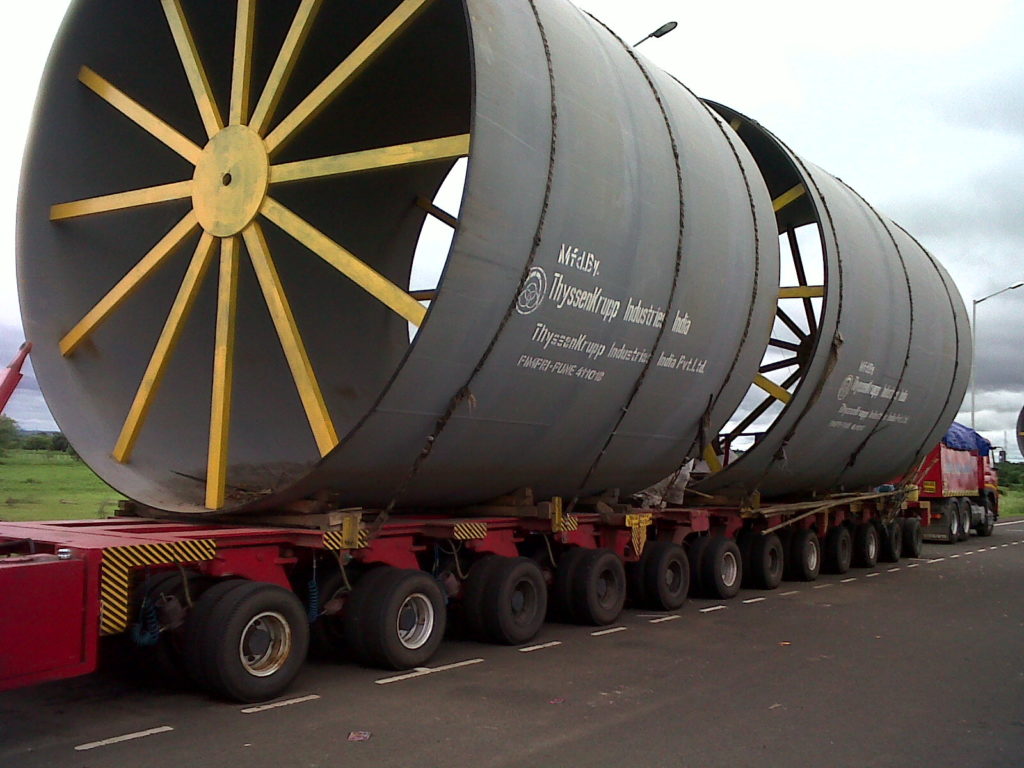
State highways are constructed and maintained by the state government. State highways connect the capitals of the state with the district headquarters and to other cities. State highways have increased to 1 37,950 km in 1999. State highways are connected to national highways. The distributions of state highways are uneven.
District roadways-
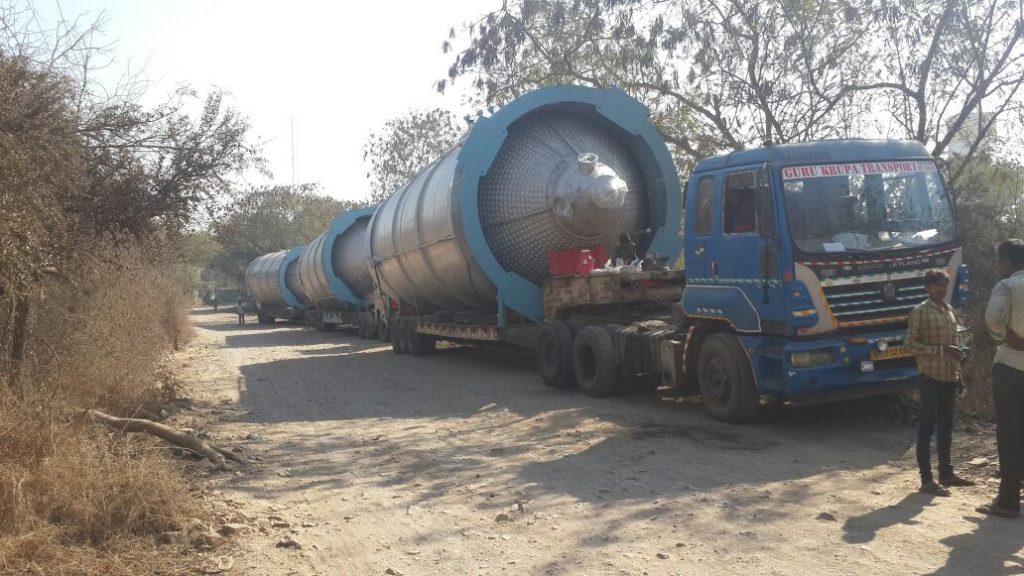
District roads connect the district headquarters to the other places of the district. The development, construction and maintenance of state highways are the responsibilities of collectors or Zilla Parishads. Recently almost all district roads are unsurfaced and lack bridges. But now, district roads are surfaced and maintained. This has helped in improving connectivity and pave the way for the economic development of India.
Village roads-
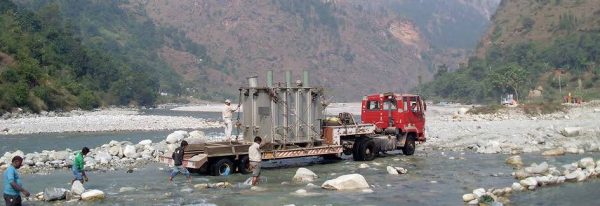
Village roads are constructed and maintained by village Panchayats. Village roads join the villages with the neighbouring villages and to towns. Village roads are used dirty and not properly constructed. In the rainy season, the situation even gets worse. The road becomes muddy. There are still some plans going on to make a metalled road in villages and in some of the villages the roads are fine but not in all.
Border roads-
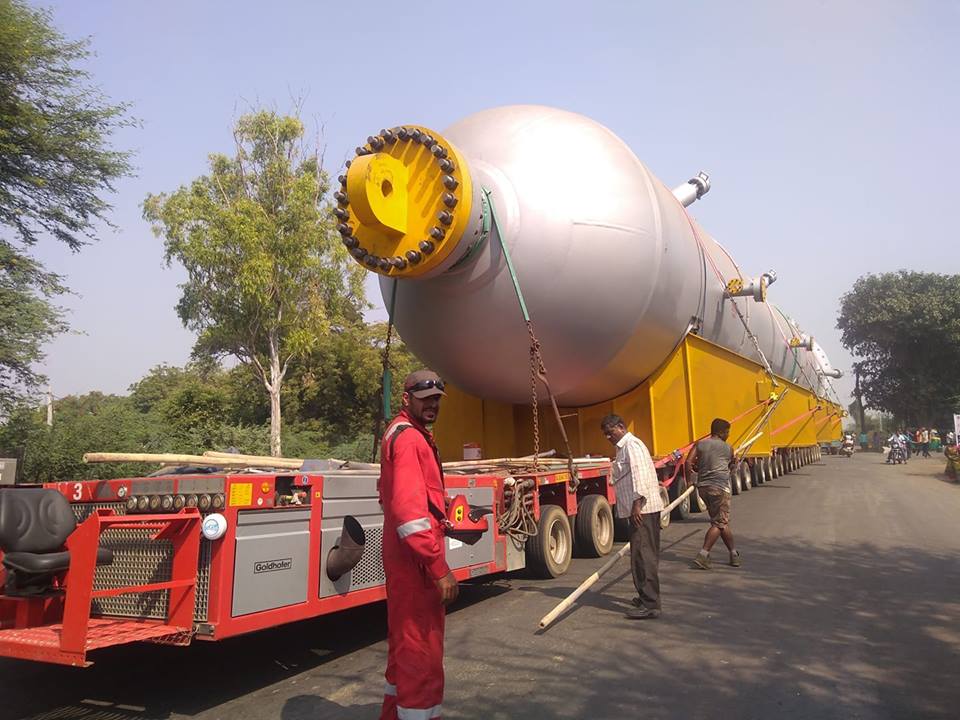
In May in the year, 1960 the Border Roads Organization was established. This organization was set up to accelerate economic development and for strengthening defence preparedness. This is done by rapid improvements of roads in the border areas. Border Roads Organization has constructed the world’s highest road that connects Chandigarh with Manali in Himachal Pradesh and Leh in Ladakh. The organization has now spread its activities throughout the country.
Theft and crime increase road transportation-

There is an increasing number of crimes in India related to transportation by road. We come across several news of theft like purse snatching, money snatching from people daily. We can see the crimes related to the women travelling by road. The crimes like the theft of vehicles from marketplaces can also be heard on a very regular basis. The fears in people are increasing. They need to take care of their money and vehicle, and jewellery wherever they go.
Ministry of road transport and highways in India-
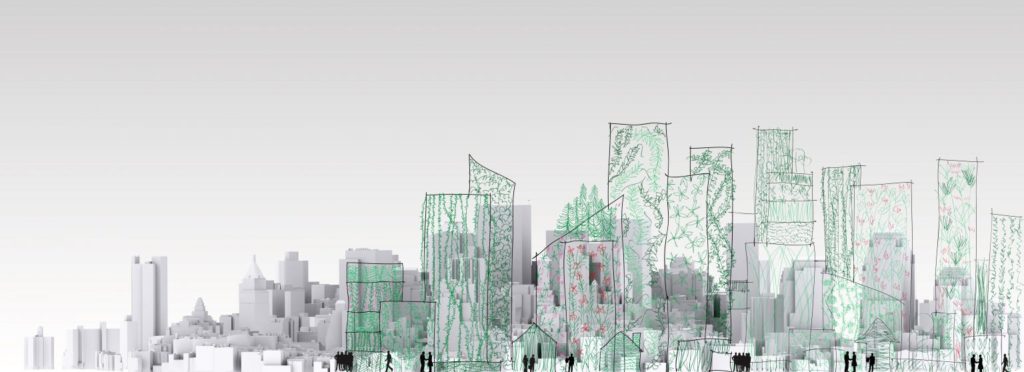
The ministry of road transport and Highway is a ministry of the government of India, which is an apex body for formulating and administrating the rules and regulations and laws related to the road transport system. The officers of this organization are responsible for the development of the national highways of India. The development of the road transportation system is very important for India and can contribute to the country’s economic development.
Related :-
Air Transport in India
Water Transport in India
Rail Transport in India
Road Transport in India
Contribution

The main purpose of the road transportation system is to connect people and places and then connect goods and services. This would help in maintaining sustainable growth across society and the country. Roads are used for travelling shorter as well as longer distances. Road transport is the most preferred mode of transportation by the people all around. The need for good roadways are important and are constant and the main ground pillar for mobility.

